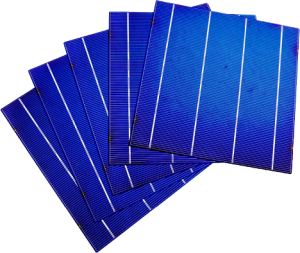Even though monocrystalline and polycrystalline solar cells serve the primary function of converting the sun’s rays into usable electricity, both distributors and installers have separated the two types of solar modules based on aesthetics and price. Poly crystalline modules are easily distinguished by their blue cells that resemble a camouflage of molten silicon. Conversely, mono crystalline cells typically are uniform in their appearance because they come from a single silicon ingot.
In terms of price, the cost of producing poly crystalline used to be significantly lower than its counterpart. However, mono crystalline panels accounted for 38 percent of all modules produced in 2017, up from 25 percent in 2015. As mono crystalline cells manufacturer continues to benefit from economies of scale, the mono vs. poly debate will shift to incorporate other aspects of the technology.
It has been established that poly cells are generally less expensive and have a bluish hue to them, but why is that the case? The answer lies in the first step of manufacturing a solar module: melting silicon to create an ingot or a rectangular mold. Manufacturers load approximately 1,300 pounds of silicon rocks into a quartz mold to create an ingot. The rocks are heated to 2,450 degrees Fahrenheit (¼ the temperature of the sun’s surface) for approximately 20 hours before cooling for up to 3 days. The resulting ingot is sliced into narrow cells and results in a poly crystalline structure. Watch the video below for a detailed look into the process:


